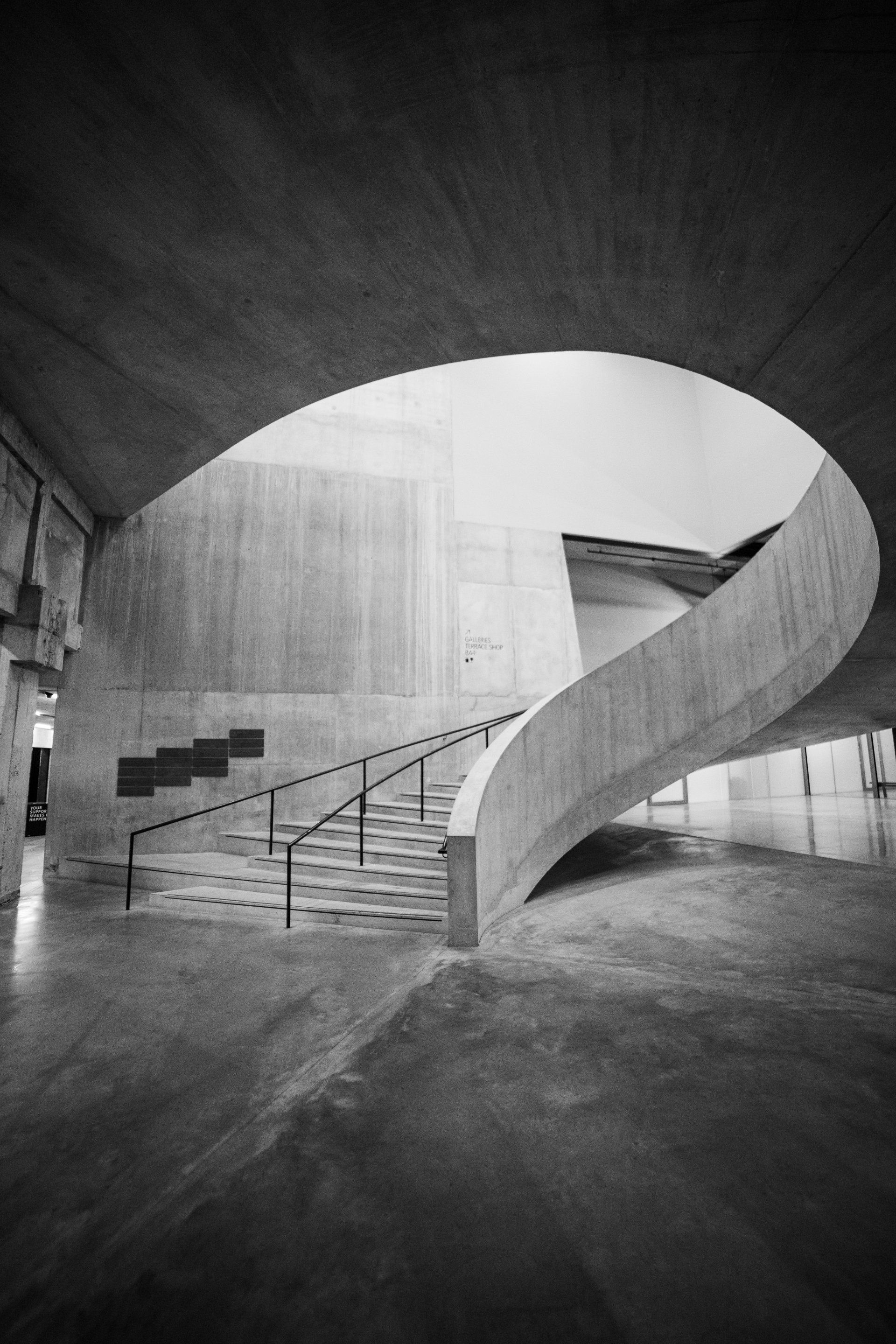Demystifying Concrete: A Comprehensive Guide to Common Queries in Concrete Services
Demystifying Concrete: A Comprehensive Guide to Common Queries in Concrete Services

In the vast landscape of construction and infrastructure development, concrete stands tall as the go-to material for building strong, durable structures. As people delve into construction projects, whether large-scale developments or simple DIY endeavors, numerous questions arise regarding concrete services. In this comprehensive guide, we'll address the most common queries people have about concrete, providing valuable insights to make informed decisions.
1. How much does ready-mix concrete cost per cubic yard?
Ready-mix concrete is a convenient solution for many construction projects, offering a pre-mixed blend delivered directly to the site. The cost of ready-mix concrete can vary based on factors such as location, project size, and concrete mix specifications. On average, prices range from $90 to $130 per cubic yard, but it's essential to obtain quotes from local suppliers for accurate pricing tailored to your specific needs.
2. What are the benefits of using concrete pumping services?
Concrete pumping services offer several advantages, including increased efficiency and precision in concrete placement. The use of specialized equipment allows for the delivery of concrete to challenging or elevated locations, reducing the need for manual labor and speeding up the construction process. Additionally, concrete pumping minimizes material waste and enhances the overall quality of the finished product.
3. How to choose the right concrete contractor for my project?
Selecting the right concrete contractor is crucial for the success of any construction project. Start by researching local contractors, checking their experience, qualifications, and reviews from previous clients. Ask for references and examples of completed projects to assess their workmanship. A reliable contractor should have proper licensing, insurance, and a transparent communication style to ensure a smooth collaboration.
4. What are the key factors influencing concrete delivery times?
Concrete delivery times depend on various factors, including project size, location, and the type of concrete mix. Scheduling deliveries during non-peak hours can expedite the process, as can proper project planning and coordination with the concrete supplier. Weather conditions and traffic can also impact delivery times, so it's essential to factor in these variables when scheduling concrete deliveries.
5. Tips for achieving a smooth and durable concrete finish.
Achieving a smooth and durable concrete finish requires careful consideration of factors such as the mix design, proper curing, and skilled finishing techniques. Start with a high-quality concrete mix and ensure thorough consolidation during placement. Pay attention to the finishing process, using appropriate tools and techniques to achieve the desired surface texture. Proper curing is equally important, as it enhances concrete strength and durability over time.
6. Common issues requiring concrete repair and solutions.
Concrete, while durable, can experience issues over time due to factors like weathering, structural movement, or poor installation. Common issues include cracks, spalling, and deterioration. Concrete repair services address these issues through techniques such as crack filling, resurfacing, and structural reinforcement. Timely repairs not only enhance aesthetics but also prolong the life of concrete structures.
7. What is the lifespan of a typical concrete foundation?
The lifespan of a concrete foundation varies based on factors like the quality of materials, construction techniques, and environmental conditions. In general, well-constructed concrete foundations can last for several decades, with lifespans often exceeding 50 years. Regular maintenance, proper drainage, and addressing any issues promptly contribute to extending the life of a concrete foundation.
8. Difference between precast and cast-in-place concrete.
Understanding the distinction between precast and cast-in-place concrete is essential for making informed construction decisions. Precast concrete involves casting elements in a controlled environment before transportation to the construction site. This method offers efficiency and consistency. In contrast, cast-in-place concrete is poured and cured on-site, allowing for greater flexibility in design modifications during construction. The choice between the two depends on project requirements and preferences.
9. Importance of proper concrete curing techniques.
Proper concrete curing is fundamental to achieving optimal strength and durability. Curing involves maintaining adequate moisture, temperature, and time for the concrete to undergo hydration and gain strength. The curing period typically lasts for at least seven days, though longer durations may be necessary for specific applications. Neglecting proper curing can lead to reduced strength, increased permeability, and surface defects in the concrete.
10. How to estimate concrete quantities for a project?
Accurate estimation of concrete quantities is crucial for budgeting and project planning. Begin by calculating the volume of the project area (length x width x depth), considering variations in thickness. Convert this volume to cubic yards by dividing by 27. Factor in waste and spillage, typically adding 10% to the total volume. Collaborating with a concrete supplier for precise measurements and mix recommendations can ensure you order the correct amount for your project.
11. What are the different types of concrete additives and their purposes?
Concrete additives play a significant role in enhancing specific properties of the concrete mix. Common additives include accelerators, which hasten the setting time; retarders, which delay setting; plasticizers, which improve workability; and fibers, which enhance tensile strength. Each additive serves a unique purpose, allowing for customization based on project requirements and environmental conditions.
12. Tips for reinforcing concrete for increased strength.
Reinforcing concrete is crucial for enhancing its tensile strength and preventing cracks. This is often achieved by incorporating steel reinforcement, such as rebar, into the concrete structure. Proper placement and spacing of reinforcement, along with adherence to engineering specifications, contribute to the overall strength of the concrete. Collaborating with structural engineers and experienced contractors ensures that reinforcement aligns with project requirements.
13. Pros and cons of stamped concrete for driveways.
Stamped concrete driveways are popular for their aesthetic appeal and versatility. Pros include a wide range of patterns and colors, cost-effectiveness compared to natural stone, and relatively straightforward maintenance. However, potential cons include the need for periodic resealing to maintain appearance, susceptibility to cracking in freeze-thaw climates, and a surface that may become slippery when wet. Consideration of local climate and maintenance requirements is crucial when opting for stamped concrete driveways.
14. How often should concrete surfaces be sealed?
Sealing concrete surfaces is essential for protecting against moisture, chemicals, and wear. The frequency of sealing depends on factors such as climate, traffic, and the type of sealer used. In general, residential driveways may require resealing every 2-5 years, while high-traffic areas or commercial spaces may need more frequent maintenance. Regular inspections and prompt resealing help maintain the integrity and appearance of concrete surfaces.
15. Steps involved in decorative concrete staining.
Decorative concrete staining is a popular technique for adding color and character to concrete surfaces. The process involves several key steps. First, prepare the surface by cleaning and, if needed, applying a base color. Apply the stain using the chosen method, such as spraying or brushing, and allow it to penetrate the concrete. Finally, seal the stained surface to enhance durability and protect against fading. Proper application and choice of staining products contribute to vibrant and long-lasting decorative effects.
16. Guidelines for cutting concrete safely and accurately.
Concrete cutting is a precise process often used for creating openings, modifying shapes, or separating concrete elements. Safety is paramount during concrete cutting, requiring the use of specialized tools, personal protective equipment (PPE), and adherence to established safety guidelines. Proper planning, marking, and securing the work area contribute to accurate and safe concrete cutting. Contractors with experience in
You might also like
Book a Service Today
We will get back to you as soon as possible
Please try again later
All Rights Reserved | Company Name | Powered by Snapps


